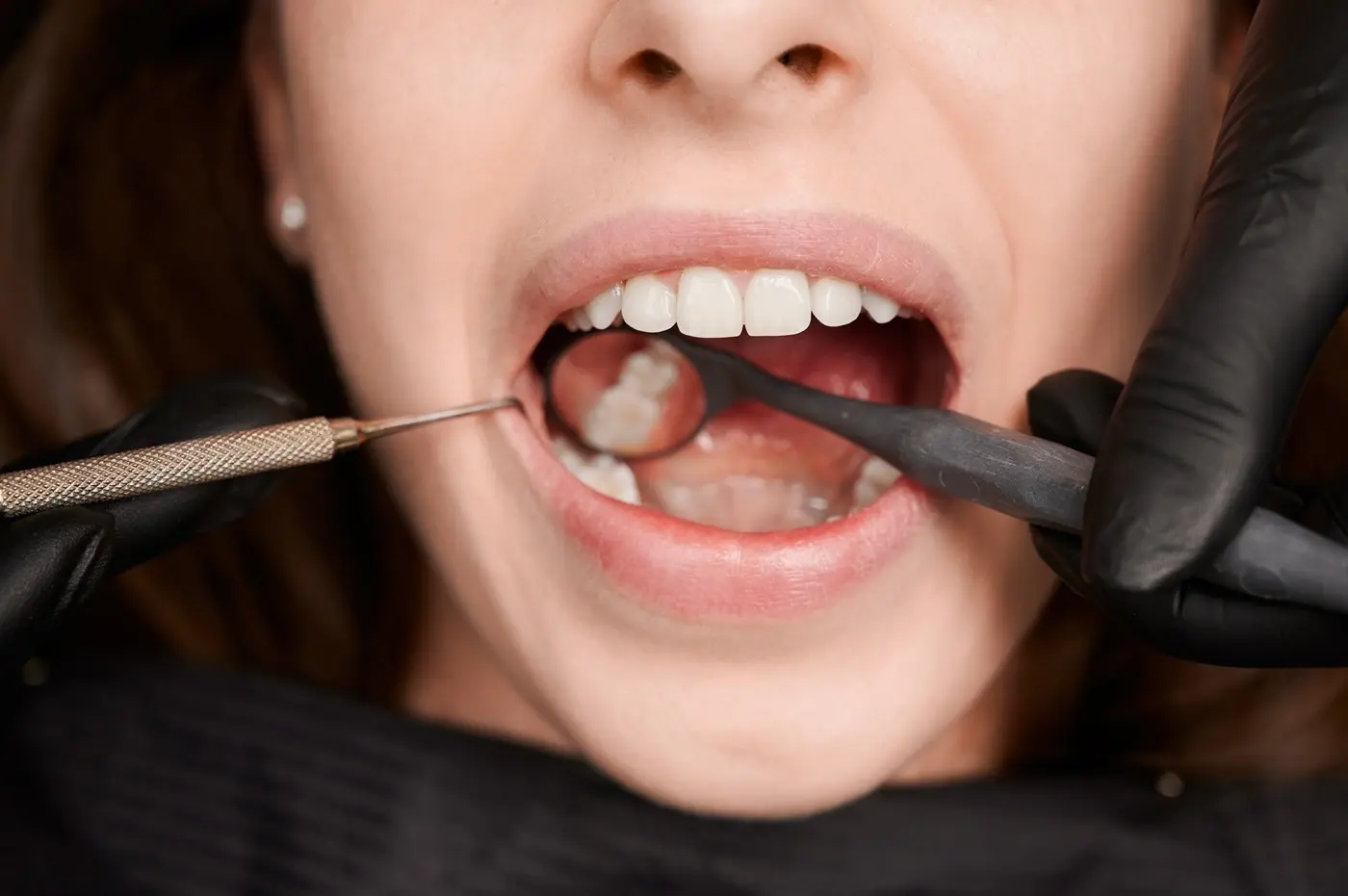Imagine you need a dental filling. Maybe you’ve noticed a small hole, or your dentist found something during a routine check-up. Normally, this means: fix the damage, drill, fill the hole, and move on. But what if your new filling wasn’t just a passive material—but actually helped protect and strengthen your tooth?
That’s exactly what bioactive filling materials do—and while it may sound futuristic, it’s actually the result of innovative dental science already seeing promising results. So, are bioactive materials the next step in modern cavity prevention?
Fillings 2.0 – Why Future Fillings Will Actively Help
Dental fillings are part of everyday dental care. Whether composite or CEREC, these materials have done a great job for decades in restoring a tooth’s function and stability after decay.
They seal the cavity, blend in with your tooth color, and ideally last for decades. What they haven’t been able to do—until now—is actively support the health of your tooth.
So, How Do Bioactive Fillings Work?
Bioactive fillings are advanced high-performance materials that do more than just fill a hole in your tooth.
Example:
You sip your morning smoothie—healthy because of the fruit, but also acidic—or you treat yourself to some cola, wine, or a snack. In moments like these, your oral environment shifts, and your tooth enamel takes a hit.
Bioactive materials respond to this change by releasing minerals—specifically ions like calcium, phosphate, or fluoride.
These ions help remineralize the enamel—meaning they help rebuild and strengthen it. With proper dental hygiene and preventative care, they can even slow or stop early-stage decay.
What’s Inside a Bioactive Filling?
Now it gets a little nerdy—but also exciting!
- Calcium Silicate – The star of the show. When it comes into contact with saliva, it releases calcium ions. These help stabilize compromised tooth structure—especially in combination with phosphate.
- Phosphate Compounds – Together with calcium, they help remineralize the tooth surface. No, they don’t form new enamel (the body can’t regenerate that), but they create a crystal-like protective layer similar to natural enamel. A kind of armor that strengthens the tooth.
- Fluoride – Released when needed, it helps with remineralization and makes the enamel more acid-resistant.
- Hydroxyapatite – The substance that makes up natural enamel. When included in the filling, it can integrate well into the tooth—especially in areas with early damage. Again, it doesn’t replace enamel but helps protect it.
So, Can Bioactive Fillings Actually Stop Cavities?
Yes. And no.
Sounds contradictory—but it’s not. Bioactive fillings aren’t magical and won’t make cavities vanish. But they create conditions that help stabilize the tooth in early stages of decay.
For instance, if there are early signs of demineralization (the first stage of decay) in a hard-to-reach area, the release of ions from a bioactive filling can help stop the process—before it turns into a full-blown cavity or requires more invasive treatment like a root canal.
IMPORTANT:
Bioactivity doesn’t replace brushing your teeth or your regular dental check-ups.
When Are Bioactive Fillings Used Today?
The uses for bioactive fillings are steadily growing. Here are a few situations where they’re already proving helpful:
- Small to medium-sized cavities
When the damage is still manageable, bioactive materials can support the tooth and prevent further decay. - Fillings at the gumline
These areas are sensitive and often lack strong enamel. Bioactive materials can help reduce sensitivity and support local remineralization. - Pediatric dentistry
Especially for children, a minimal intervention is preferred. Sometimes, bioactive materials are enough to stop early decay—avoiding drilling and reducing stress for both kids and adults. - Patients with higher cavity risk
Whether due to dry mouth (xerostomia), certain medications, chronic illnesses, or genetics—bioactive fillings offer added protection by releasing minerals and positively influencing oral conditions.
Are There Any Downsides to Bioactive Fillings?
Bioactive materials are a genuine innovation—like artificial intelligence in dentistry. But as with any new tech, there are a few points to consider:
- Mechanical Strength:
Some bioactive materials are (still) not as durable as traditional composites. For large fillings in high-pressure areas – like chewing surfaces—combinations with stronger materials are often used. - Aesthetics:
Not all bioactive materials are beauty champions. Some may discolor over time or not match natural tooth color as perfectly as premium options like CEREC. - Cost:
Bioactive fillings are innovative – and that still comes at a price. They’re not always covered by public health insurance and may be offered as an additional private option.
Conclusion
Bioactive filling materials open up new possibilities in modern dentistry. Unlike traditional fillings, they interact with their environment—releasing minerals, supporting enamel regeneration, and positively influencing oral conditions.
This means they can slow or stop early-stage tooth decay under the right conditions.
That doesn’t mean they replace traditional fillings completely—there are still differences in strength, appearance, and long-term data. But especially for small cavities or high-risk patients, bioactive materials show great potential.

